Why Narail’s otter‑fishing tradition could disappear forever
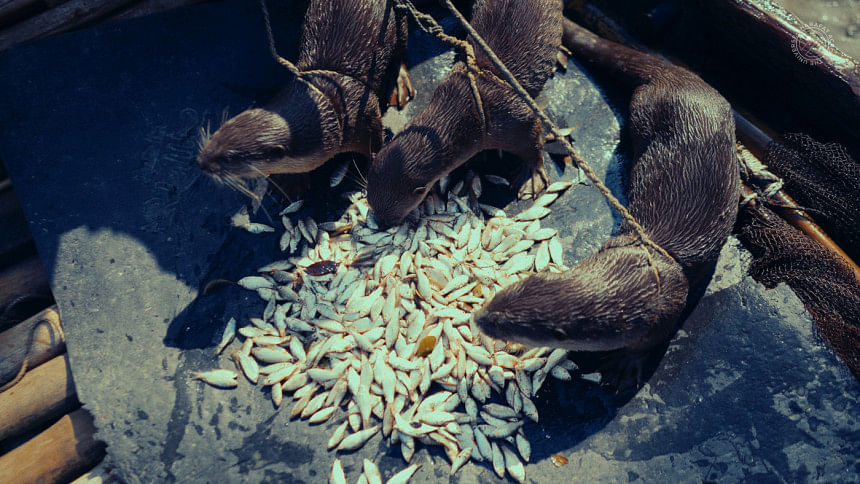
In the murky waters of Narail's canals, an age-old partnership between man and animal still stirs.
A fisherman casts his net and an otter dives in. Their motions are synchronised not by instinct, but by a trust honed over years of quiet co-existence. In his docu-vlog "The Last Folks of Otter Fishing," documentary filmmaker and photographer Rony Sharafat captures this rare spectacle, not to romanticise it but to record what might be the final flickers of a fading tradition.
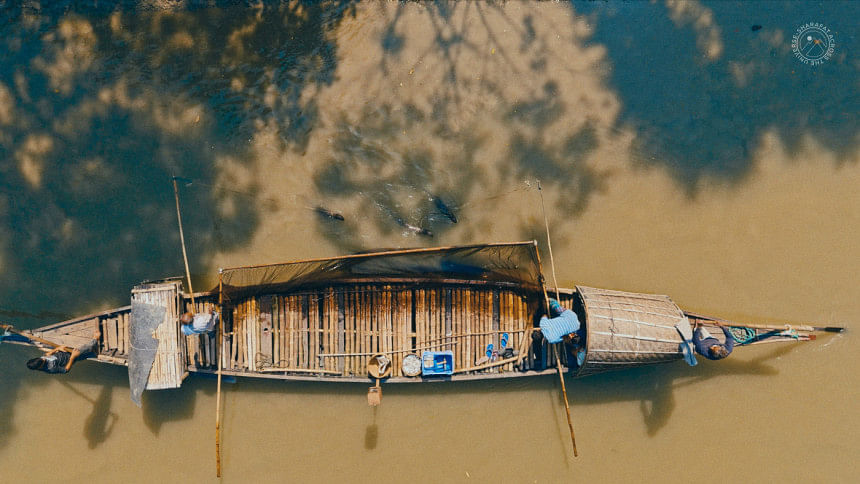
Sharafat did not begin with wildlife or ethnographic film in mind. His entry into documentary work was incidental.
"I started around the end of 2020, working with a wedding production team that also had a documentary wing," he recalls.
That wing introduced him to the world of visual storytelling with a purpose. Assignments with global outlets, such as Channel 4 and The Economist followed, but Sharafat found himself drawn to something more intimate — stories that were overlooked, fading away, or simply never noticed.

He admits, there's a persistent misperception about what he does. "People assume I make YouTube vlogs or earn a lot from these films. But there's no direct financial return. What I really build is a portfolio and maybe some trust."
That trust is critical when documenting vulnerable or underrepresented communities, especially now, he says, when the rise of content creation in Bangladesh has made cameras a source of discomfort.
"Many just show up with a lens and start filming. They skip the part where you are supposed to talk to people first. That's not ethical. There's a loss of consent, and it's making people defensive," he explains.

This was especially true when Sharafat travelled to document the fishing community in Narail. It was not just about the act of filming but also about listening. Otter fishing, or "bhodor diye mach dhora," is a centuries-old method where trained otters herd fish into nets.
Today, only a handful of people still practice it. "I had first seen it in a National Geographic documentary years ago. Even before I was making videos, I knew I wanted to see it firsthand," he says.
When he finally arrived, what he witnessed was both mesmerising and melancholic. "There were just two or three families still doing it. The rest had moved on. And the otters themselves? On the brink of extinction. Climate change, water pollution, and aggressive fishing practices – like poisoning the water – have destroyed their natural feeding grounds."
Sharafat's footage reveals a deeply symbiotic relationship. The otters, often raised from birth, trust their handlers. The fishermen, in turn, rely on the otters not just for income but for a rhythm of life passed down through generations. "They don't hurt them. The ropes are there so they don't swim away, but the bond is real, especially with the ones raised locally, who grew up with their human families."
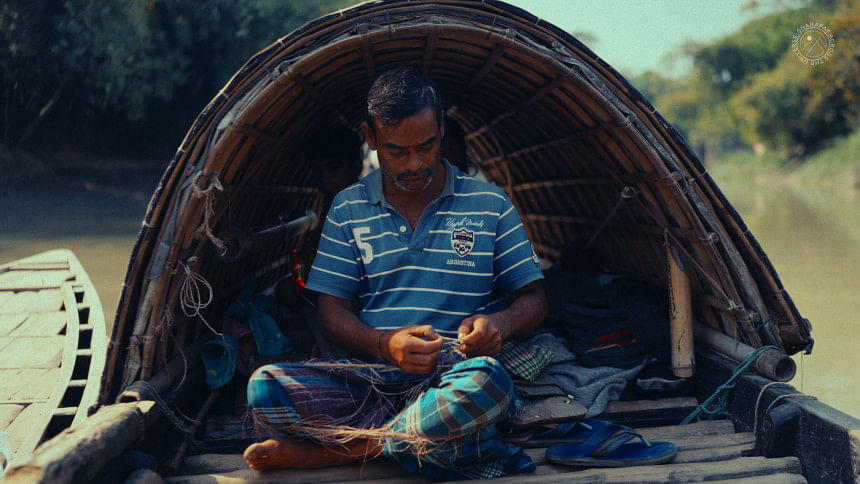
Yet, this practice faces extinction not just because of ecological damage. Economics plays a role, too.
"It's hard work," Sharafat says. "Dragging the fishing setup takes a toll on the body. Many of them suffer from chronic back pain. And the younger generation? They don't see a future in this."
To make "The Last Folks of Otter Fishing", Sharafat had no crew. He shot, edited, and produced the piece on his own, funding the trip himself. "When I filmed, I paid the fishermen a decent amount, not just because I was filming, but because they were working hard. A few foreigners came later and paid to witness the same thing. It became a form of community tourism, in a way."
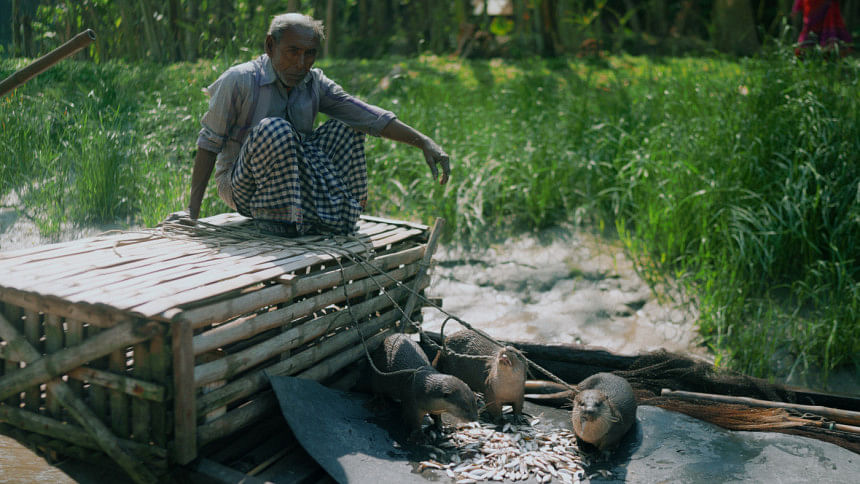
This, he believes, is one possible future: ethical, informed ecotourism that respects both the community and the animals. "The people in that village are very welcoming. With some basic training that area could become a sustainable tourism spot – if done right."
But can documentation really help save something so fragile?
"Videos can't change policy overnight," Sharafat admits. "But they can create awareness. At the very least, we leave behind a record that this existed."
Looking ahead, he wants to explore more stories of human-animal collaboration like the dwindling population of wild elephants in Teknaf and Sherpur.
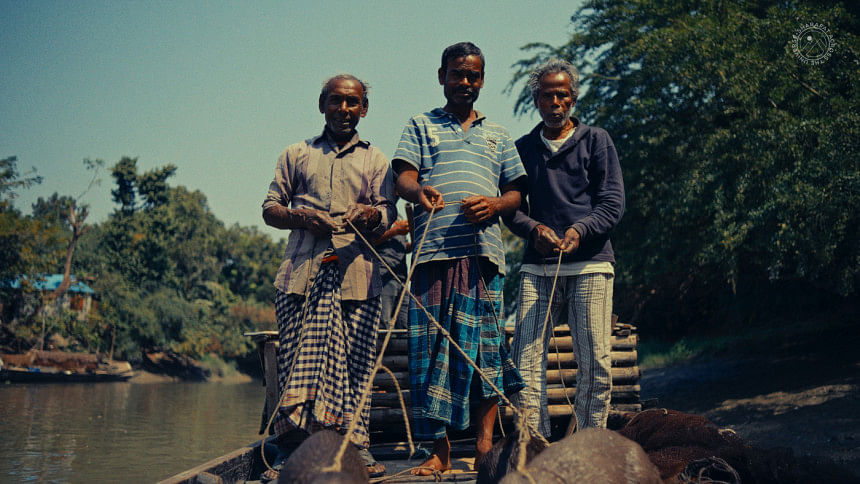
"People don't even know we have elephants in those regions. The narrative is always about fear that elephants will destroy homes or kill people. But no one tells the story of coexistence."
Sharafat's approach is not driven by spectacle but by responsibility. He sees his lens not as a tool to provoke awe, but to preserve nuance.
"We failed nature," he says. "And now we're running out of time to document what's slipping away."
Through "The Last Folks of Otter Fishing", he doesn't offer a solution. What he offers is something rarer: a moment of stillness, a record of coexistence, and a quiet reminder that some stories, if not told now, may never be told at all.

 For all latest news, follow The Daily Star's Google News channel.
For all latest news, follow The Daily Star's Google News channel. 

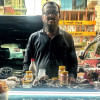

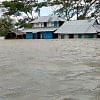



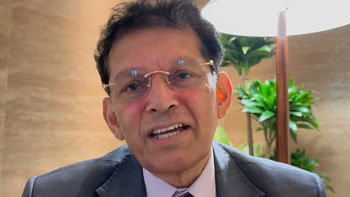
Comments